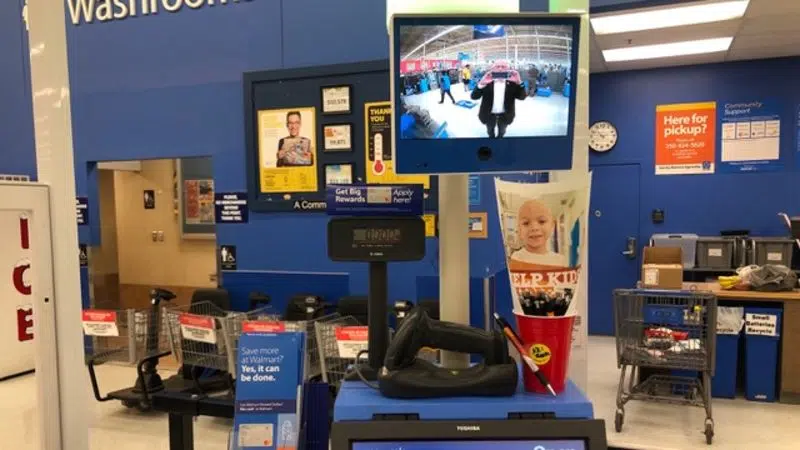
ROTHENBURGER: Get used to being watched while you shop
I WALKED INTO WALMART the other day.
As I passed the greeter at the door, I saw a staff member directing traffic in the checkout zone, asking shoppers if they wanted a cashier, express lane or self-service.
It’s the self-serve thing that’s caused a bit of a fuss with some customers. Some people foam at the mouth as soon as it’s mentioned.
I chatted briefly with the nice traffic person. The self-checkout was installed about four weeks ago, she said, and it’s been going well. A little confusion, maybe, but shorter lineups.


